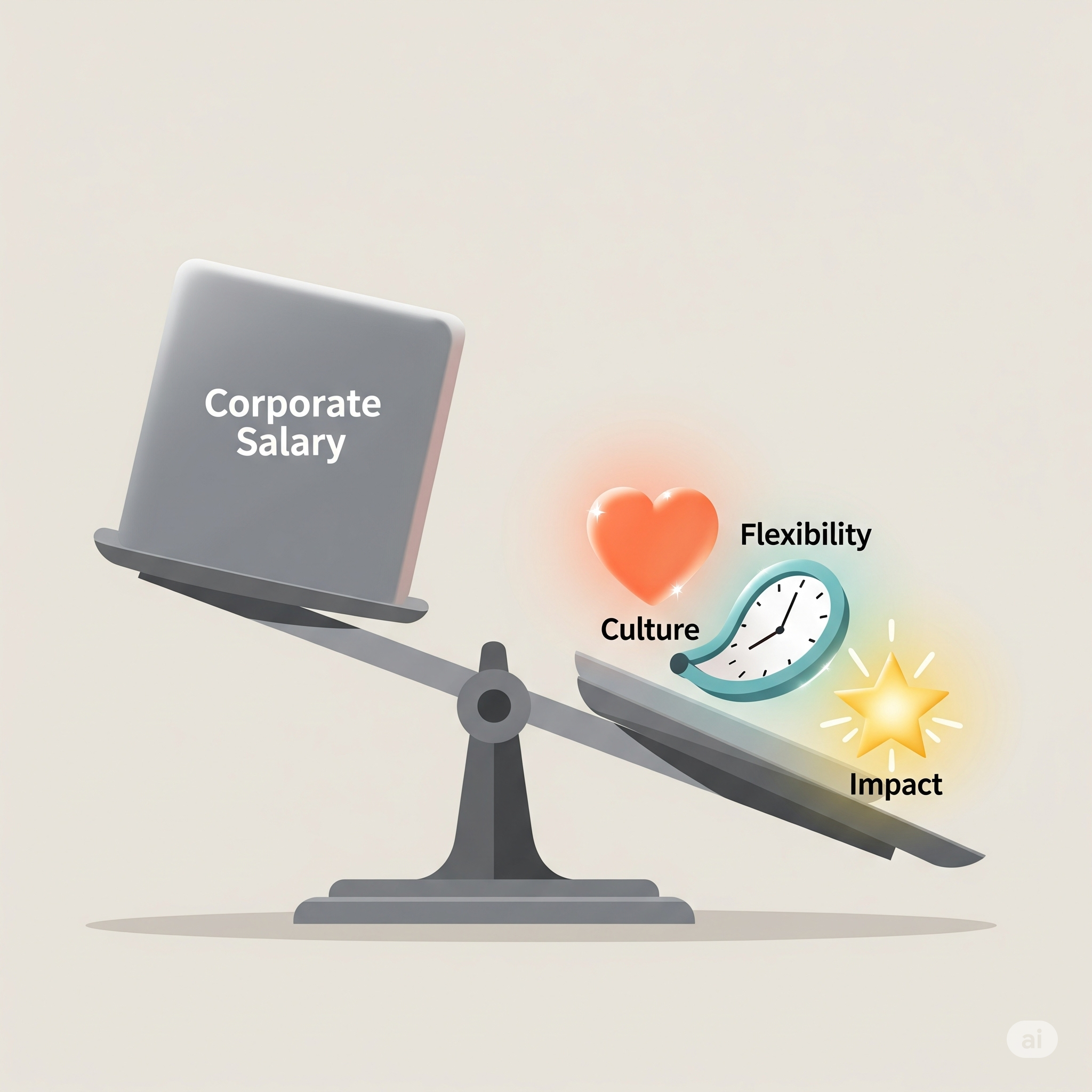Alright, let’s get real for a moment. We talk a lot about innovation, agility, and the need to constantly evolve in business. And it’s all true. The market shifts, technology advances, customer needs change – change is not just a constant, it’s the only constant. But here’s the flip side, the often-uncomfortable reality: people resist change.
It doesn’t matter how brilliant your new strategy is, how efficient the new process, or how exciting the new technology. When you introduce something new, you’re almost guaranteed to encounter headwinds. You’ll see furrowed brows, hear murmurs of discontent, and feel the subtle (or not so subtle) pushback. It’s a leader’s most persistent challenge.
Now, it’s easy to get frustrated by this. To think, “Why can’t they just see how good this is for them (and the company)?” But resisting change isn’t usually born out of malice or a desire to be difficult. It’s fundamentally a human reaction. It stems from a natural discomfort with uncertainty, a fear of losing control, a concern about whether existing skills will still be relevant, or simply a disruption of comfortable routines.
I remember early in my career, we decided to implement a completely new software system across several departments. On paper, it was going to streamline workflows, improve communication, and save countless hours. We were excited! We announced it with great fanfare, highlighting all the benefits. And then… crickets. Or worse, quiet grumbling. Training sessions were met with skepticism. People found every possible reason why the old way was better. We were pushing, but it felt like we were hitting a brick wall of inertia and passive resistance.
My initial reaction was frustration. Why weren’t they embracing this obvious improvement? But I learned a crucial lesson: I had focused entirely on the what and the why from my perspective, but I hadn’t truly addressed the why not and the how will this impact me from their perspective.
Navigating resistance isn’t about forcing change through; it’s about skillfully guiding people through the transition. It’s about understanding the human landscape of change. Here’s what I’ve learned makes a difference:
- Start with Empathy and Understanding: Before you can address resistance, you need to understand where it’s coming from. Listen to concerns without judgment. Acknowledge the validity of people’s fears and uncertainties. Sometimes, just feeling heard can significantly reduce resistance.
- Communicate Relentlessly, and Transparently: Don’t just announce the change; explain the why in a way that resonates with your team. Connect it to the bigger picture, but also explain what it means for them. Be honest about potential challenges, and communicate frequently throughout the process. Silence breeds anxiety and allows resistance to fester.
- Involve People in the Process: Whenever possible, bring your team into the change process early. Seek their input, ask for their ideas on how to implement the change effectively, and give them a sense of ownership. People are less likely to resist something they helped create.
- Address Fears and Provide Support: If the change requires new skills, provide the necessary training and resources. If there’s uncertainty about roles, address it directly and provide reassurance where possible. Help people feel competent and supported through the transition.
- Celebrate Progress, Not Just Completion: Recognize and celebrate milestones along the way. Highlight early successes, no matter how small, and acknowledge the effort and adaptability of your team. This builds momentum and reinforces the positive aspects of the change.
- Be Patient and Persistent: Transformation takes time. There will be setbacks and moments of doubt. Maintain your conviction, but also be patient with your team and with the process.
Resistance to change isn’t a sign that your change initiative is wrong. It’s a signal. It’s feedback. It tells you where there are fears that need to be addressed, misunderstandings that need to be clarified, and where people need support to move forward.
Truly effective leaders don’t just have a vision for the future; they have the ability to bring their people along on the journey, navigating the inevitable headwinds with empathy, communication, and a deep understanding of the human element of change.
What are your biggest challenges when leading through change? Share your experiences and strategies in the comments below!



